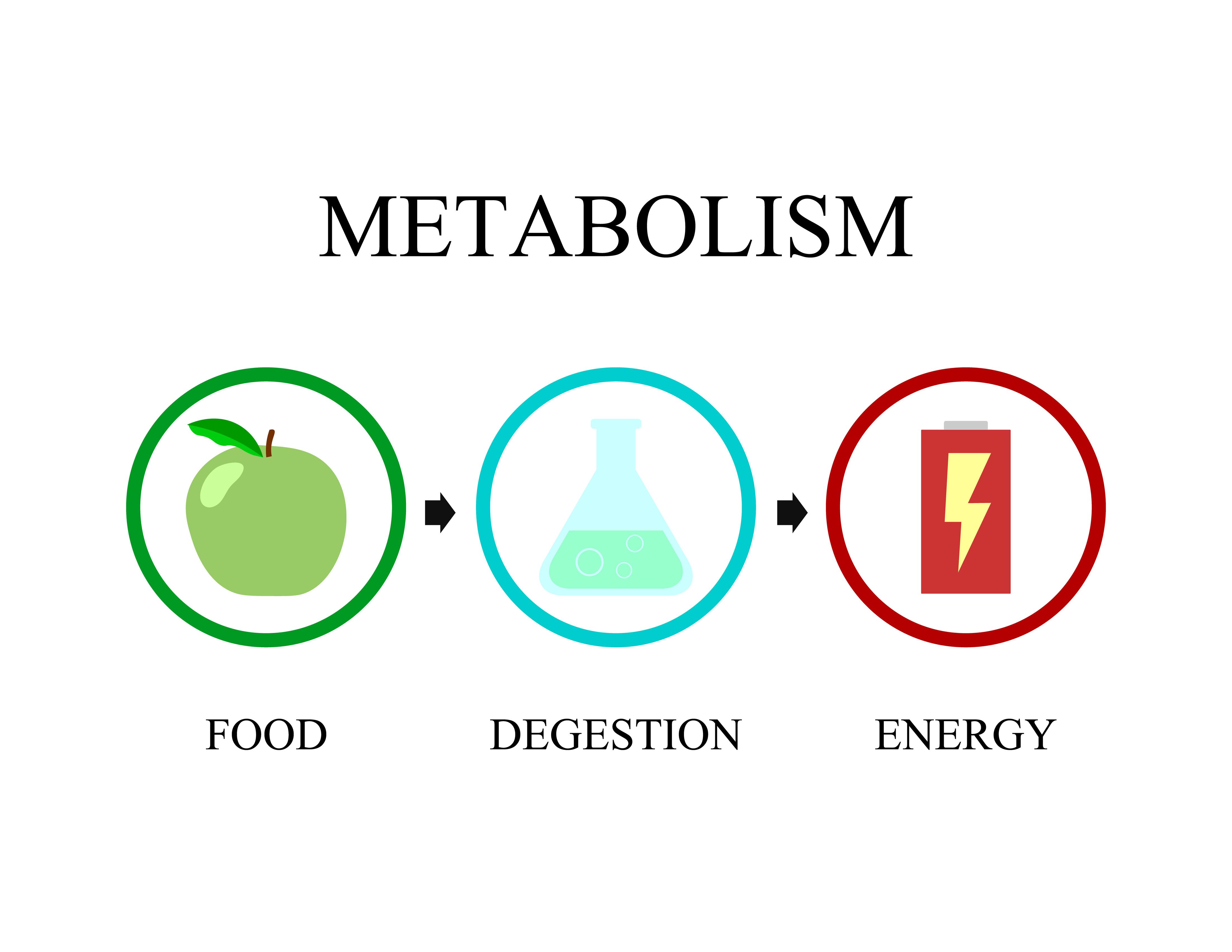- Center on Health Equity & Access
- Clinical
- Health Care Cost
- Health Care Delivery
- Insurance
- Policy
- Technology
- Value-Based Care
New Research Unearths Evidence of Global Metabolic Disruption in Patients With SMA
A recent analysis investigated the state of metabolic disruption experienced by patients with spinal muscular atrophy (SMA), adding to the literature on nutritional and metabolic complications linked to SMA.
Worldwide, patients with spinal muscular atrophy (SMA) may be experiencing metabolic disruptions that impact the regulation of nucleotide metabolism, as well as that of lipids, carbohydrates, amino acids, vitamins, and cofactors. While the homeostatic condition of this population’s metabolism needs further research consideration, N-acetylneuraminic acid could provide a potential treatment to counteract these effects in SMA. These findings are based off of a case-control study that was recently published in Italian Journal of Pediatrics.1
SMA has previously been associated with multiple metabolic and nutritional issues | image credit: alionaprof -stock.adobe.com

Metabolic and nutritional issues are a previously documented consequence observed in patients with SMA, with metabolic abnormalities linked with lipids, glucose, and an individual’s level of vitamins being cited as some of the more common.2 In the current study, these effects were further investigated in a cohort of 15 patients with SMA who were compared with 14 controls from December 2021 through September 2022.1 To identify metabolites in both groups, 2-mL samples of cerebral spinal fluid (CSF) were collected and the researchers conducted untargeted metabolomics. Patients were excluded if they had prior treatment with nusinersen (Sprinraza), risdiplam (Evrysdi), or onasemnogene abeparvovec (zolgensma). After initial samples were collected, measures such as the partial least squares discriminant analysis (PLS-DA), principal component analysis (PCA) and orthogonal partial least squares discriminant analysis (OPLS-DA) were applied for multivariate analysis.
In this cohort of patients with SMA, 40% were female compared with 64% in the control group, and mean ages were 2.3 and 1.8 years, respectively. There was 1 patient with type 1 SMA, 9 with type 2, and 5 with type 3. Furthermore, everyone in the SMA group had spinal motor neuron (SMN) 1 exon 7 homozygous deletion; 5 patients exhibited 2 SMN2 copies, 8 exhibited 3 copies, and 2 exhibited 4 copies.
The multivariate analysis of metabolites “demonstrated clear differentiation between all SMA patients and normal controls in both positive and negative ionization modes. These findings indicate a significant metabolic profile alteration in the CSF of SMA patients,” the authors wrote. Significant metabolite changes between groups were observed in 118 metabolites. The most significant differentiation was observed in N-acetylneuraminic acid (P = .0000549), 2,3-dihydroxyindole (P = .000181), lumichrome (P = .000079), arachidic acid (P = .0000065) and 10-hydroxydeconoic acid (P = .000144).
There were 11 differential metabolites linked to amino acid metabolism. The following had lower concentrations in patients with SMA: gamma-glutamylcysteine (P = .0000549), 2,3-dihydroxyindole (P = .000181), 4-hydroxycinnamoylagmatine (P = .000766) and phenylpyruvic acid (P = .00126). Conversely, concentrations of methylmalonic acid (P .00173), urocanic acid (P = .00000374), 1-pyrroline-2-carboxylic acid (P = .000545), D-glutamine (P = .00281), guanidoacetic acid (P = .000721), fructose 1,6-biphosphate (P = .00461), and quinate (P = .00211) were observably higher in the SMA group.
Furthermore, in their analysis on functional pathways in the differentially abundant metabolites, the authors reported that 35 of 118 played a role in amino acid metabolism, 21 in lipid metabolism, 11 in carbohydrate metabolism, 9 in vitamin and cofactor metabolism, and 7 in nucleotide metabolism.
“The dysregulation of amino acid, lipid, carbohydrate, cofactors and vitamins, and nucleotide metabolism indicates a global disruption of metabolic homeostasis in SMA patients, especially amino acid, and lipid metabolism,” the authors concluded, adding, “N-acetylneuraminic acid may be a potential treatment for functional improvement in SMA patients.”
References
1. Zhuang W, Wang M, Lu M, et al. Dysregulation of cerebrospinal fluid metabolism profiles in spinal muscular atrophy patients: a case control study. Ital J Pediatr. 2024;50(1):154. doi:10.1186/s13052-024-01726-6
2. Rosenberg J. SMA associated with metabolic, nutritional issues. AJMC®. January 24, 2021. Accessed September 7, 2024. https://www.ajmc.com/view/sma-associated-with-metabolic-nutritional-issues
Integrated Care for Chronic Conditions: A Randomized Care Management Trial
December 3rd 2025The authors sought to understand the differential impact of payer-led community-based care management approaches on stakeholder-oriented outcomes for publicly insured adults with multiple chronic conditions.
Read More
